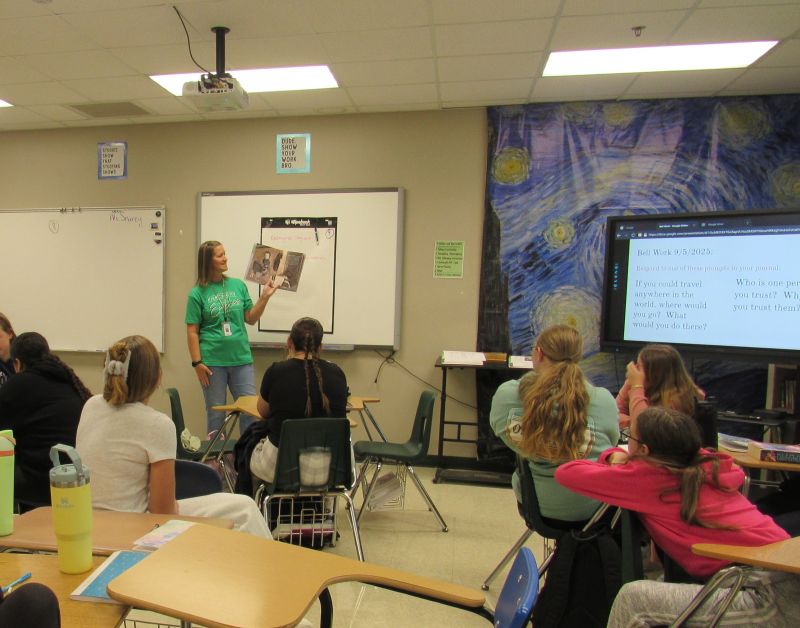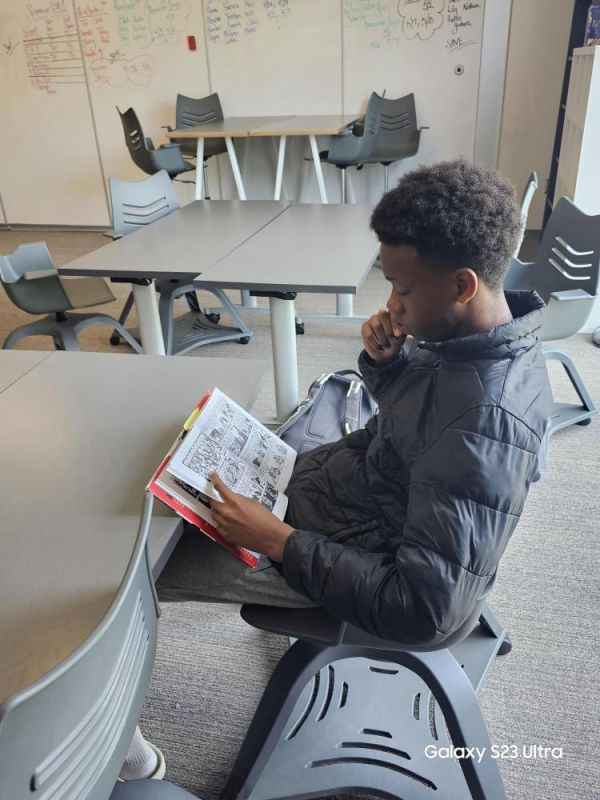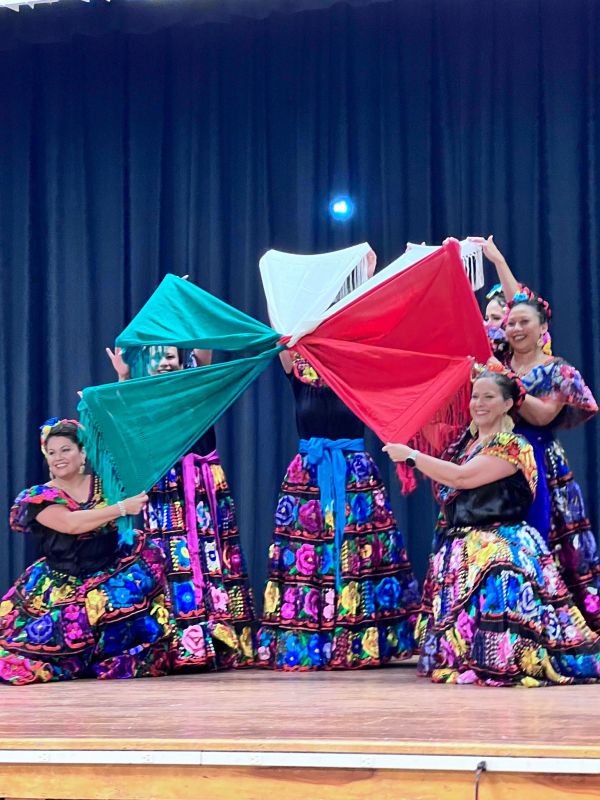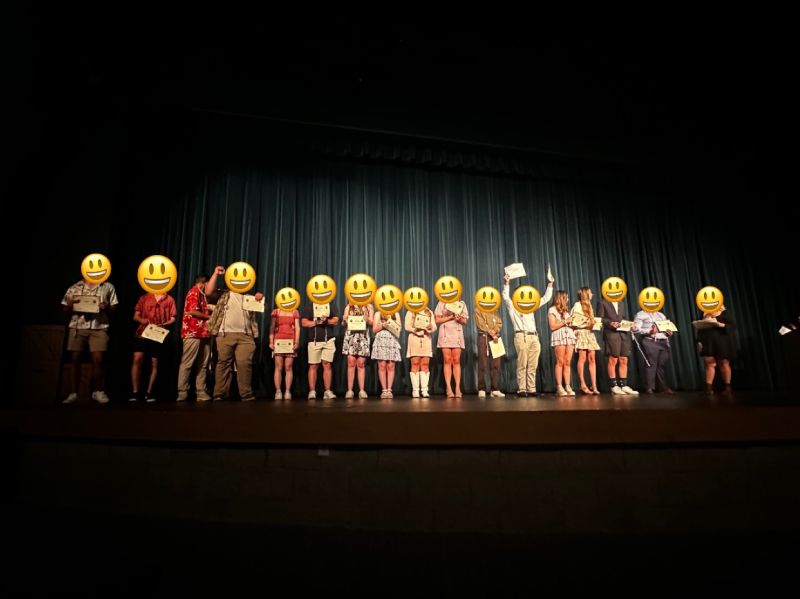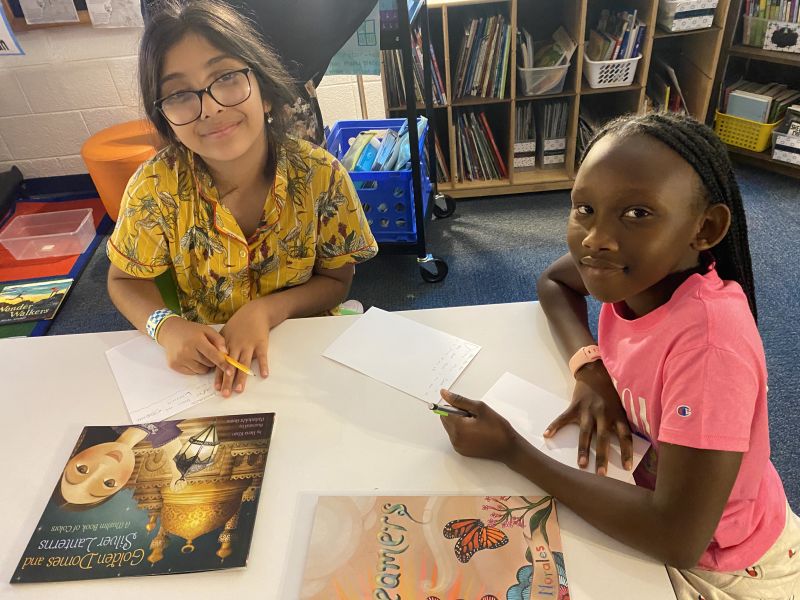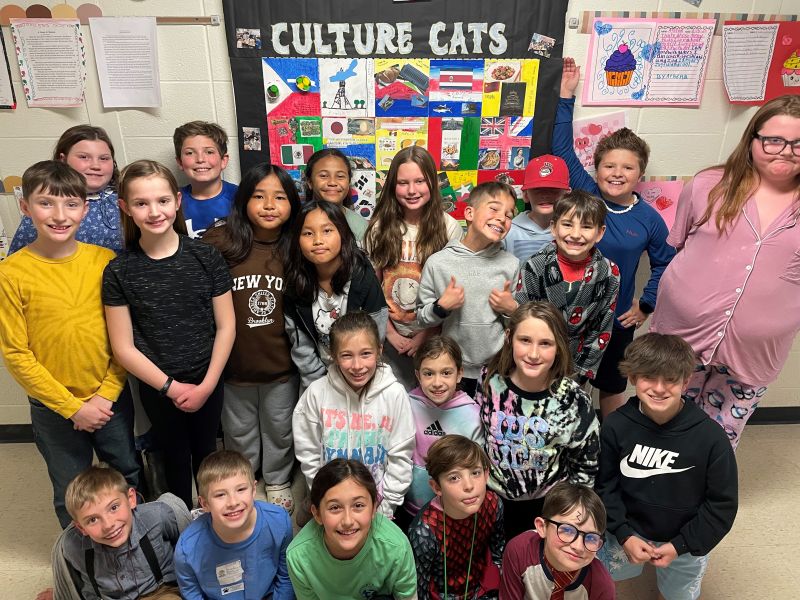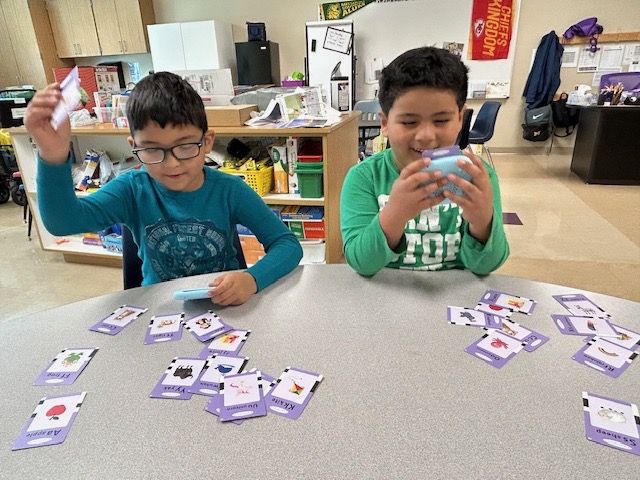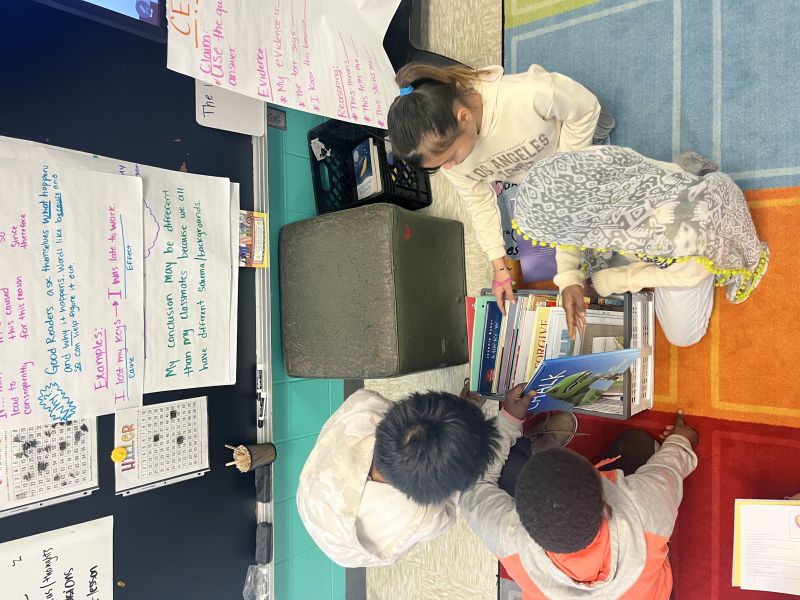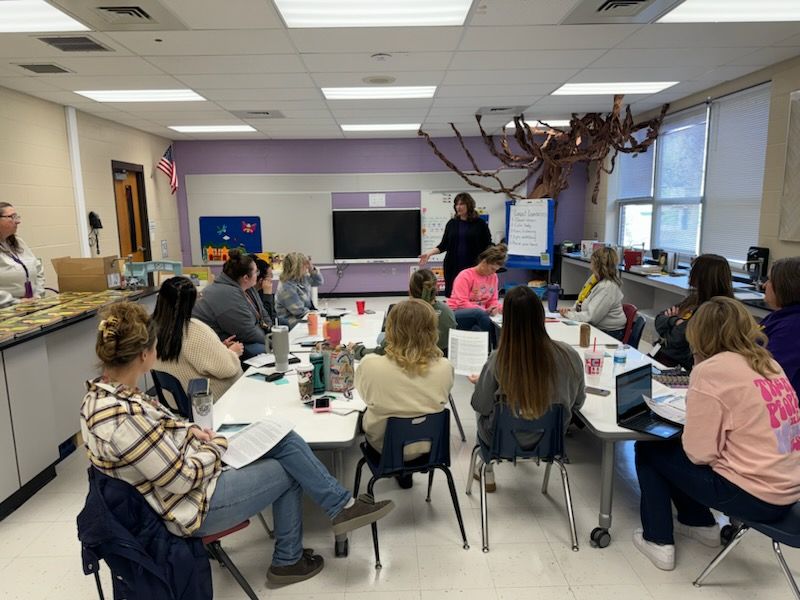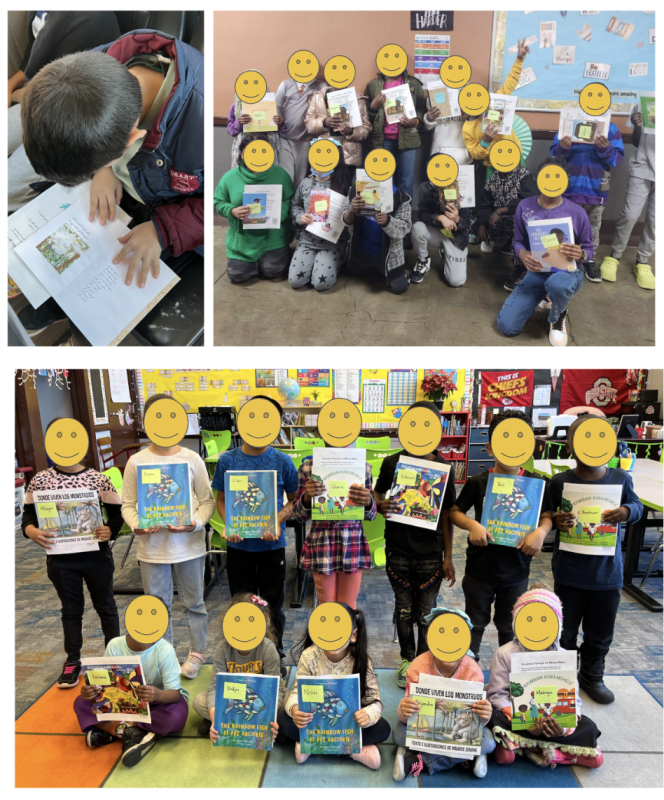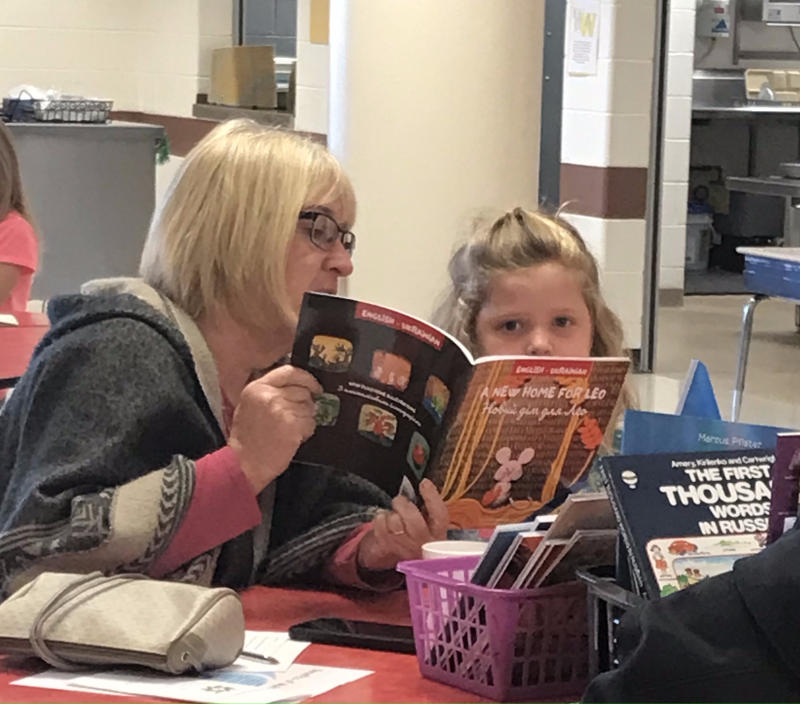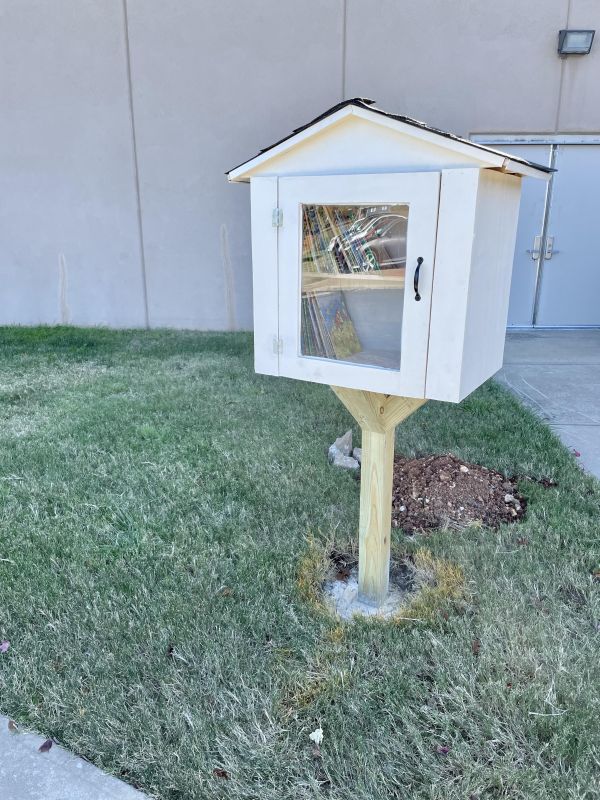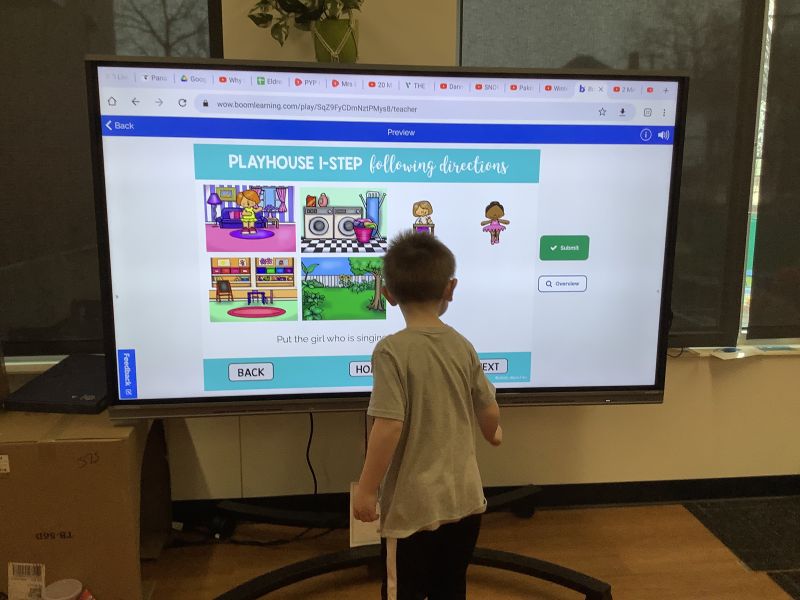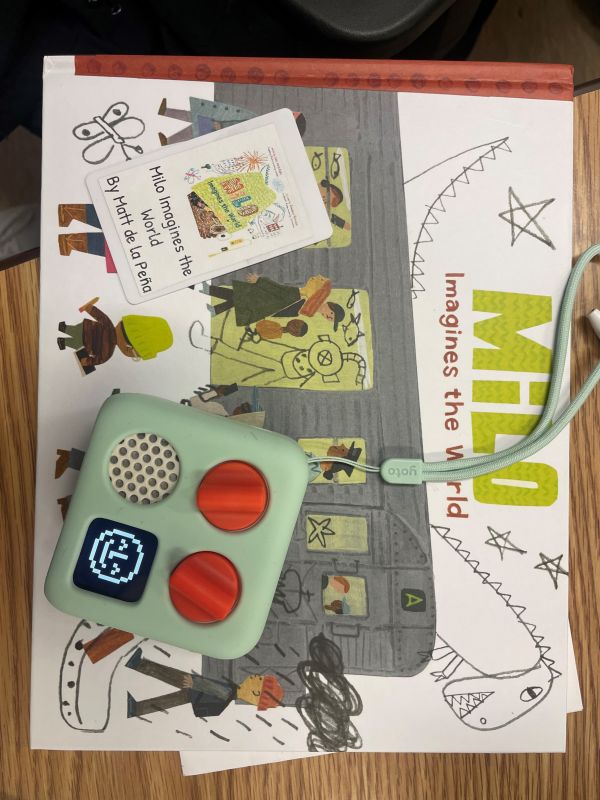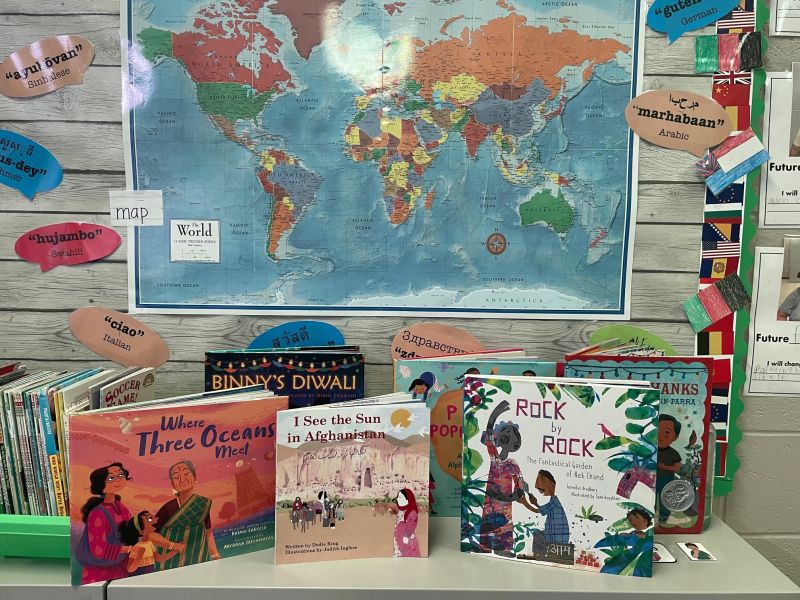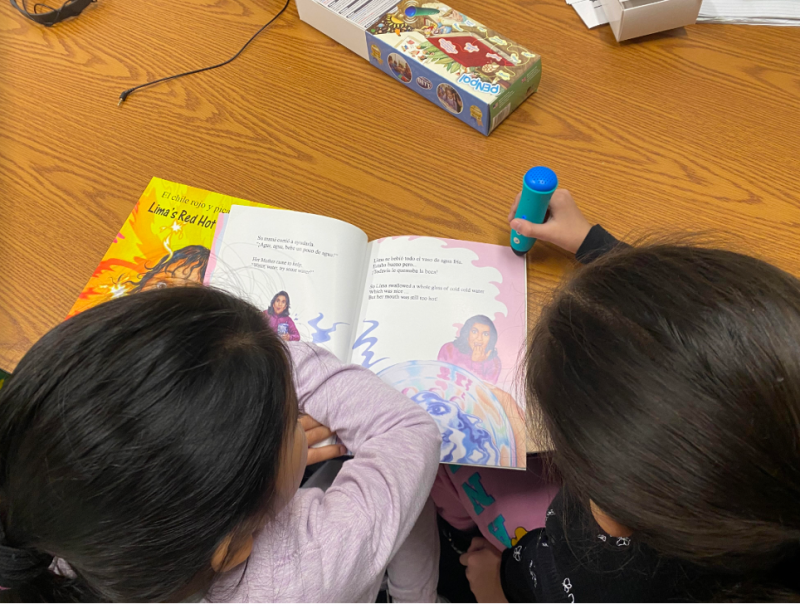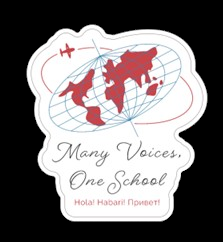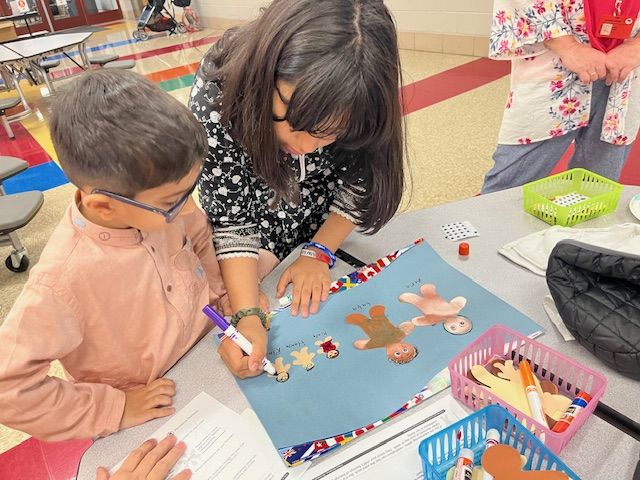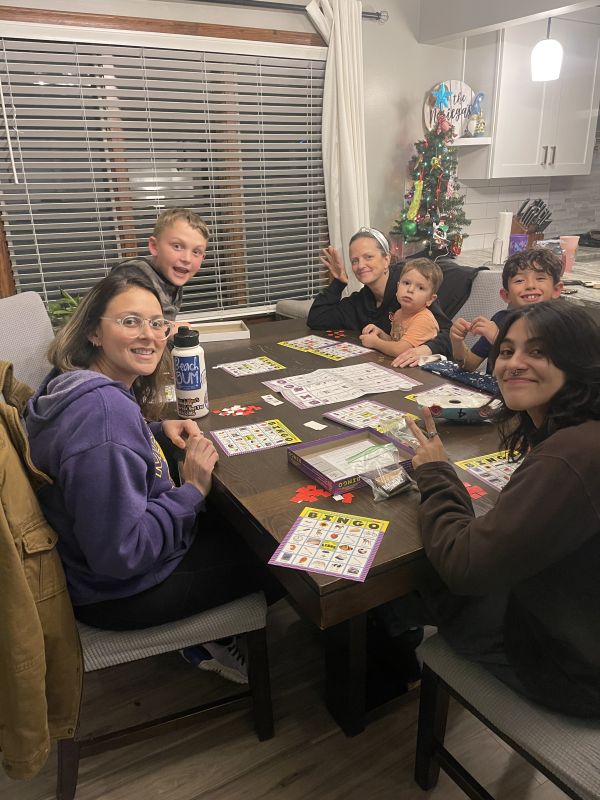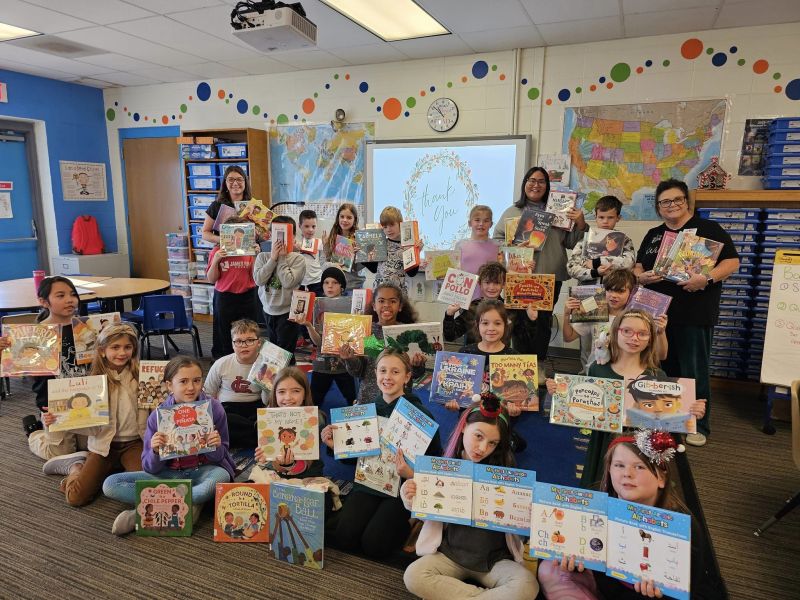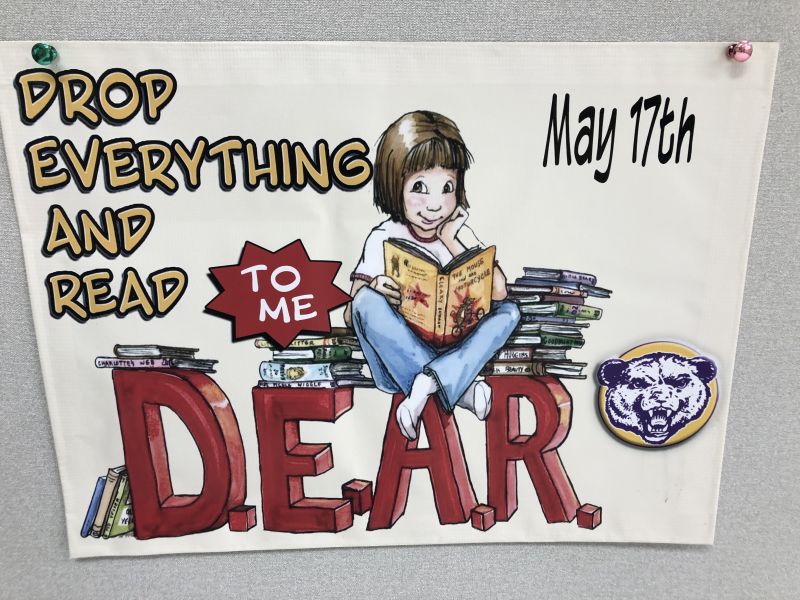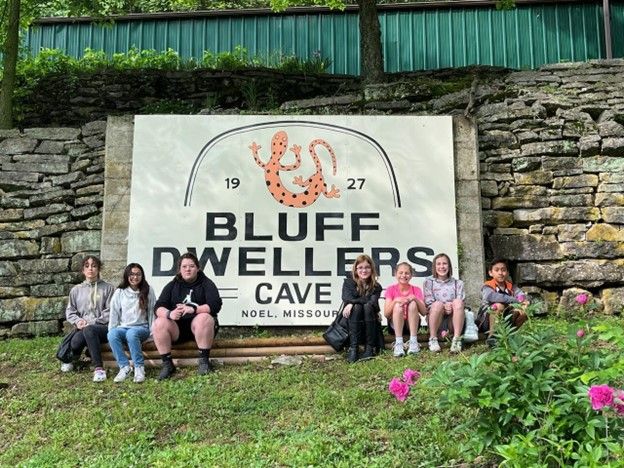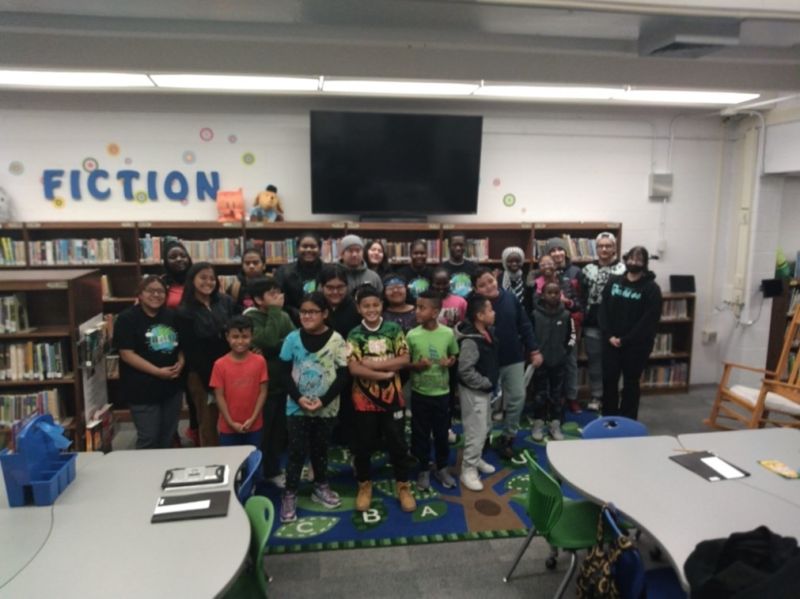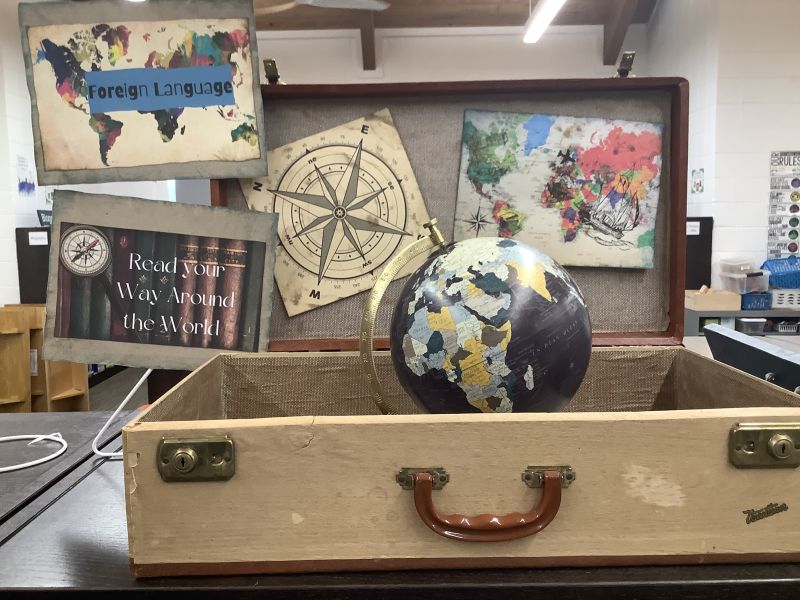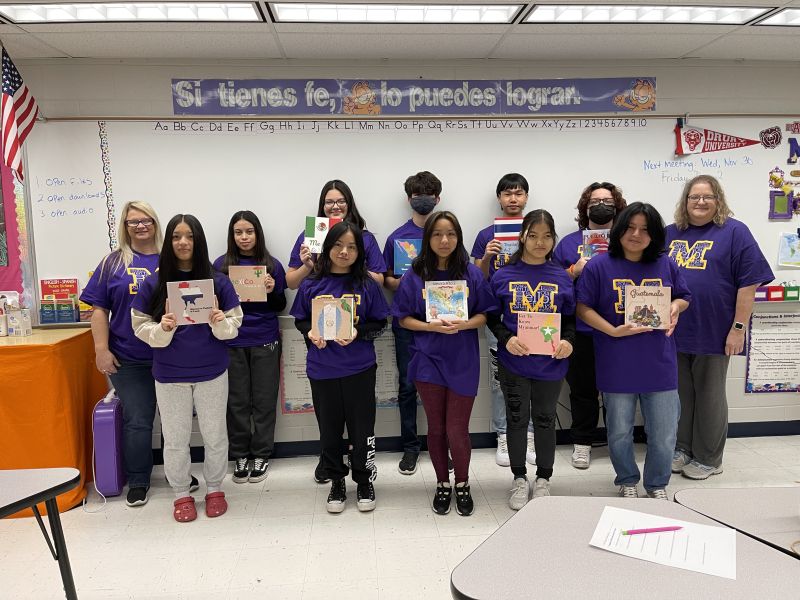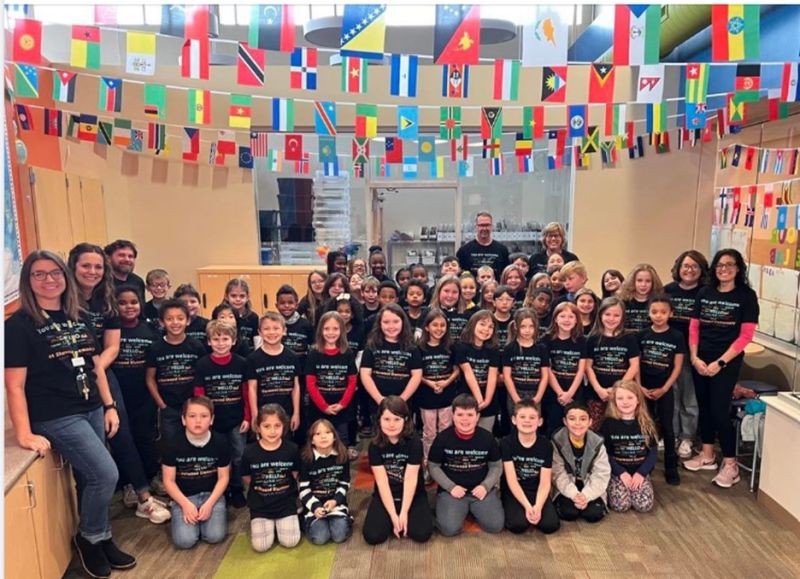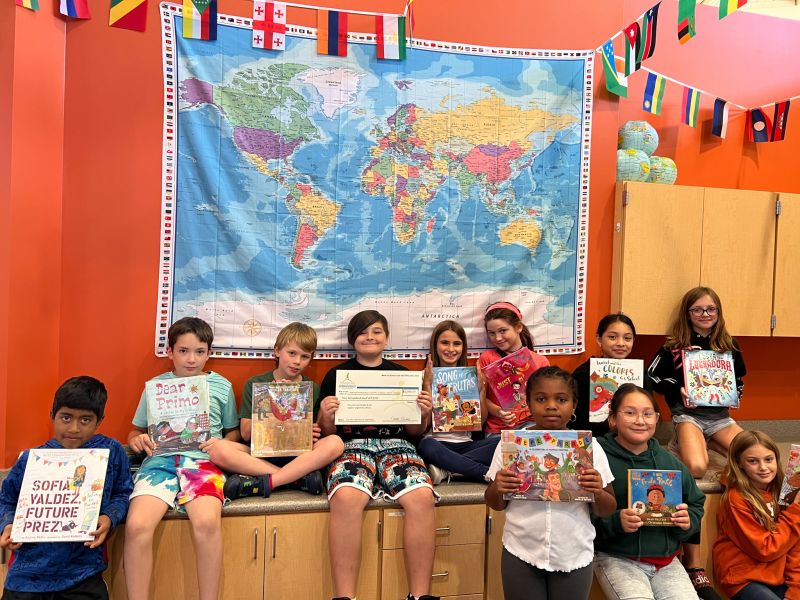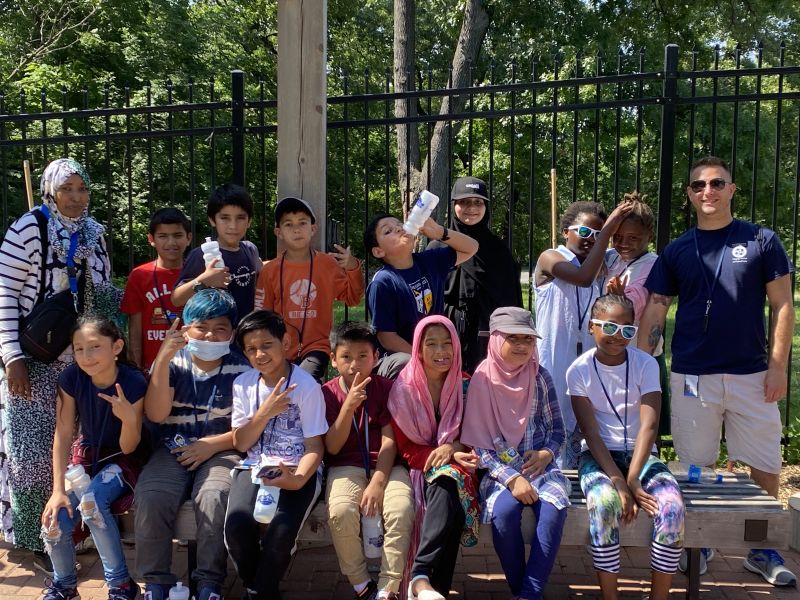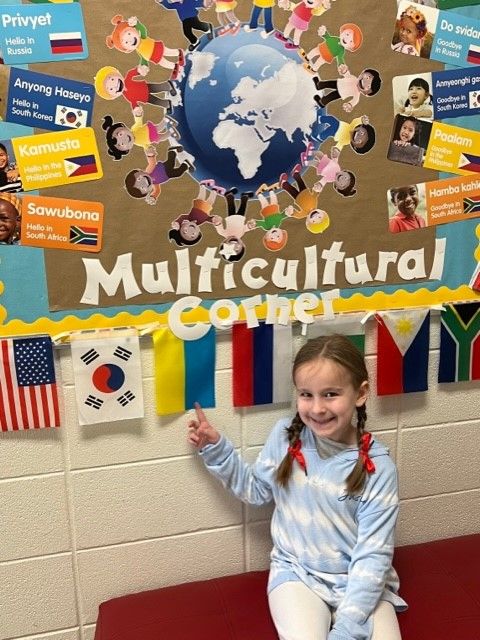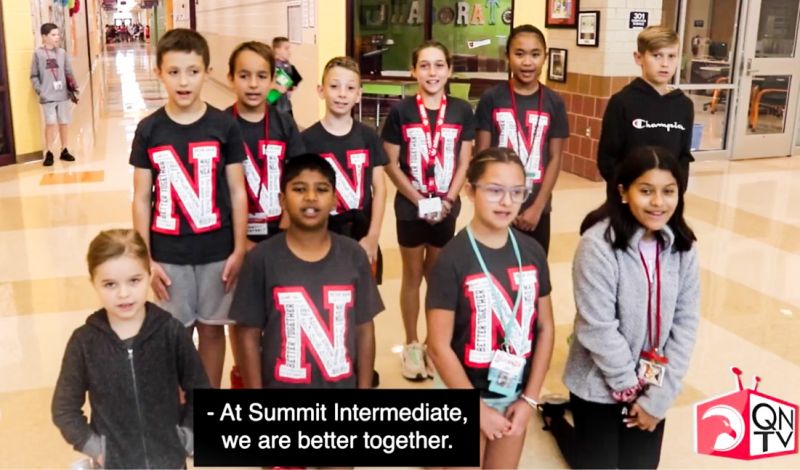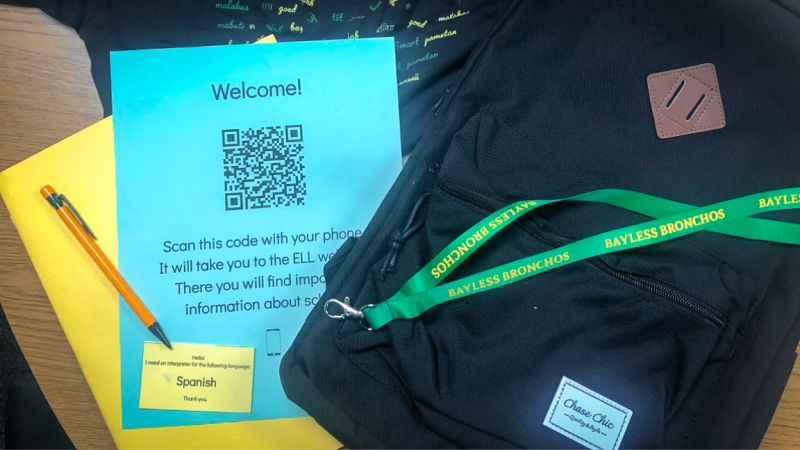Project Blueprint
Amber Troye, McBride Elementary School, Springfield, Missouri
This family engagement project helped build connections with multilingual families and create a welcoming classroom environment for increased learning. Honoring safety protocols set by my school district, I created a multicultural newsletter that featured culturally and linguistically diverse (CLD) families from my school, who volunteered to share about themselves. I called on the families to draw on their funds of knowledge about their heritage culture to educate me, other educators, students, and families at my school. By creating this project, I intended to realize the first two of TESOL’s 6 Principles for Exemplary Teaching of English Learners: Know Your Learners (Principle 1) and Create Conditions for Language Learning (Principle 2). According to TESOL (2018), learning about students and their cultures is a foundation for teachers to build a positive relationship with their students and can help them create effective lesson plans that draw on learners’ background knowledge and prior experiences. Also, when a school offers a welcoming and positive learning environment, ELs can feel safe and engaged in their learning.
Goal
My goal was to explore the cultural characteristics of multilingual families through a school newsletter so that all students would become more culturally aware of each other, and our multilingual learners could feel proud of their culture. By engaging with the content of the newsletter, I hoped that teachers would become more educated about their students and because of this, their classrooms would be a place where their multilingual learners feel accepted and welcomed by all students so that they can be open to learning.
Timeline
October-November
- Talked with my principal to get approved for my newsletter project.
- Obtained list of our ELs from my building’s ESL teacher.
- Talked to classroom teachers to see if any of their multilingual families need correspondences translated.
- Discussed with our ESL instructor how to handle translations that might be needed.
- Sent out a questionnaire to see who is interested in sharing in the newsletter.
- Sent an email to all staff to explain my project and my motivation for the project.
- Finalized participants of my project and ordered swag bag items (handed out swag bags to families when we meet/discuss content for the newsletter).
Middle of November
- Started reaching out to family members to collect information for the newsletter.
- Created the school bulletin board with all the countries of our multilingual learners.
End of November
- Used smore.com to create my newsletter template
- Began writing my first newsletter
December
- Revised and edited the newsletter and sent it to the family for corrections and approval.
- Sent the newsletter out to teachers and asked that they share the digital newsletter with their class and forward to all their students’ families.
- Asked for feedback from teachers after they shared the newsletter.
Early January
- Began working on the second issue to highlight the next families in newsletter.
January – March
- Continued to publish newsletters about families and reached out to additional families to see if they would like to participate.
- Communicated to see if families who originally said “no” might change their mind after seeing how the newsletter is received.
April
- Collected a post-project questionnaire to get feedback from all the families who participated.
Step by Step Plan for This Project
- Begin by seeking approval for the project from building administrators.
- Identify multilingual families at your school.
- Send an email to your school staff members to explain your project. The more information you give them about why you are doing it, the more excited they will be to involve their students and parents.
- Introduce yourself to multilingual learners in your school if you do not already know them.
- Send home a paper copy of the questionnaire to each family. Offer students a small incentive to bring the questionnaires back. I gave them a coupon for a free cup of frozen yogurt from a local shop.
- As questionnaires are returned, reach out to the families about setting up a time to talk about your project. Decide if it will be a Zoom call, in person, by email, or phone.
- Order your swag bag items based on the countries of your participating families.
- Design your newsletter template. I used www.smore.com because it is paid for by my school district. There are some other free templates you can use if you do not have access to Smore or if you do not have the funds to pay the $79 yearly fee.
- Begin gathering information from families. I tried to combine 2 or 3 families in the same newsletter if they are from the same country. This will get you more content for your newsletter; each family will hopefully have different funds of knowledge to offer.
- Give swag bags to the students after you have gathered all the information from families for your newsletter.
- After you have entered the information into your newsletter template, take the time to revise and edit your work. You can ask a colleague to help you with the editing and proofreading.
- Send the final draft to each family for their final approval.
- Send your newsletter out to all staff and ask classroom teachers to take 10-15 minutes to present the newsletter to their class. Also ask if they can distribute the newsletter to the families of their students.
- Ask classroom teachers for feedback from their students or parents. Use the feedback to help reflect on the newsletter and how it may improve future newsletters.
- Send the post-project questionnaire home to multilingual families after their newsletter is shared.
- Continue to gather information and publish newsletters monthly or bi-monthly.
Sample questions on the questionnaire:
- Would you and your family be interested in sharing information about your culture through a school newsletter?
- If yes, what types of things would you like to share about your culture? (For example, a game, a recipe, a story, pictures, a tradition, a holiday…)
- What would you hope to gain by sharing about your culture?
- What would you hope others would gain from you sharing about your culture?
- If you answered no, what would keep you from wanting to share about your culture?
Sample post-project questionnaire feedback questions:
- Did you and your family gain anything from participating in the school newsletter? If so, please explain.
- Did you and your family gain anything from receiving the school newsletter about other cultures? If so, please explain.
Budget
I ordered swag bag items for each student whom I featured in my newsletter. This was a way to say “thank you” to families for volunteering. Each student received a globe stress ball, a flag of their home country and the United States (some were flag lapel pins and some were stands that held mini flags), a multicultural coloring book with skin tone crayons, and bilingual books in their home language. I also ordered an extra copy of each book to place in our school library so other students can check them out. These books were featured in my newsletter so that students could see that they were available for checkout.


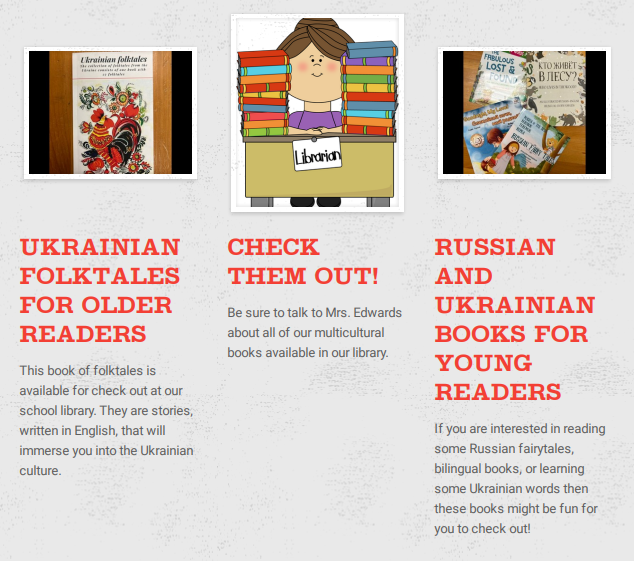
I included in the budget items for the schoolwide bulletin board, which is located outside of our ESL teacher’s office and the school gymnasium. I took pictures of our multilingual students in front of the board for the newsletters they were featured


Here is the budget I used for the six families (11 ELs) whom I featured in my newsletters:
| Swag Bag Items | See below |
| Globe Stress Balls | 1 @ 16.99 |
| Crayons & Activity Book | 2 @ 22.99 (45.98) |
| Tote Bags | 1 @ 16.99 |
| Books for Families | 152.35 |
| Flags and Pennants | 67.30 |
| School Bulletin Board Items | 79.94 |
| Extra Books for Library | 152.35 |
| TOTAL | $531.90 |
Link to the Amazon items: https://www.amazon.com/hz/wishlist/ls/CCKMFSUXYNVN?ref_=wl_share
Sustainability
This project could continue indefinitely with minimal funding. Most families were excited to share their culture and would have volunteered without any incentives. I used an online newsletter platform that my school district already pays for. The platform, called Smore, was designed with teachers in mind; their templates give the product an easy professional look. The educator plan is $79 a year, a good investment for communicating with families, engaging them in sharing, and creating a welcoming environment for them. Free newsletter templates are also available; what is practical about this one is that once you publish the newsletter, you can copy-paste a link into an email or text message and send it out to your audience easily. The newsletter could be a weekly, bi-monthly, or monthly edition, depending on how much information you have to share and how much time it takes to gather the information from your families. When there is not an EL family to introduce, the newsletter can feature cultural ideas from the community, cultural projects going on in the classrooms, holidays that are near and how different cultures celebrate them. particular funds of knowledge that CLD families or students want to share, and feature articles and projects completed by multilingual learners. The newsletter is a way to publish the products of new learning, provide a meaningful real-life learning experience, and boost EL students’ confidence and identity. I envision them generating new ideas for content, writing the articles, sharing more about their culture, and growing their abilities, and engaging other students in the process.
Who Has Done This Already?
Amber Troye is a 3rd grade teacher at McBride Elementary in Springfield, Missouri. This school serves grades Pre-K through 4th grade with approximately 500 students. Her project was designed to involve all students, administration, educators, and families at home. McBride has a small EL population of only twelve families, but these numbers will grow in the coming years.
What I love about my job is making connections and building relationships with my students and their families. This project helped me do this with our EL population as well as giving other teachers and students a look into the lives of their multilingual families. What better way to create a welcoming learning environment and learn about our families than to have them educate us about their home culture?
What Did it Look Like?
Sample newsletter. Some of the personal information has been removed.








Takeaways From the Project
I received half of the questionnaires back with families showing an interest in my project. One family returned the form but was not interested in participating because they have a large family and are too busy. When I met with the mom during conferences, I explained that I could include her family without putting any extra work on them. The mom agreed to let her three daughters be part of it, and I was careful not to burden the family with extra work. I interviewed the daughters during my planning time, and they were full of interesting information. They helped me look up information and images to share. I was pleasantly surprised when one of the girls came to school with a stack of family pictures for me to use in the newsletter. The rest of the participating families were eager to share information with me; it just took some time and patience to receive it. One thing that I would add to my questionnaire is a place for the families to specify how they would like to communicate about their culture. Would they like to meet in person, talk on the phone, correspond through email, or have a Zoom conference? I found that most families preferred to communicate through email. I had to get creative with one family that was not responding to my messages but whose child was eager to participate. I printed off a list of interview questions and asked if he could take them home and have his family help him answer the questions. He returned happily with some pictures. I had to add some research of my own to fill in some of the gaps in the content. I was determined not to let logistics get in the way of engaging our multilingual families with this project. After the first newsletter was published, the ELs were excited to share, and when they carried that excitement home to their families, it became much easier to get more families engaged and excited to share their home culture.
References
TESOL International Association. (2018). The 6 principles for exemplary teaching of English learners: Grades K-12. TESOL Press.
The Multilingual Newsletter Project at McBride Elementary was sponsored by the iELT-Ozarks project at Missouri State University; the budget was supported with federal funds from the U.S. Department of Education Office of English Language Acquisition.

